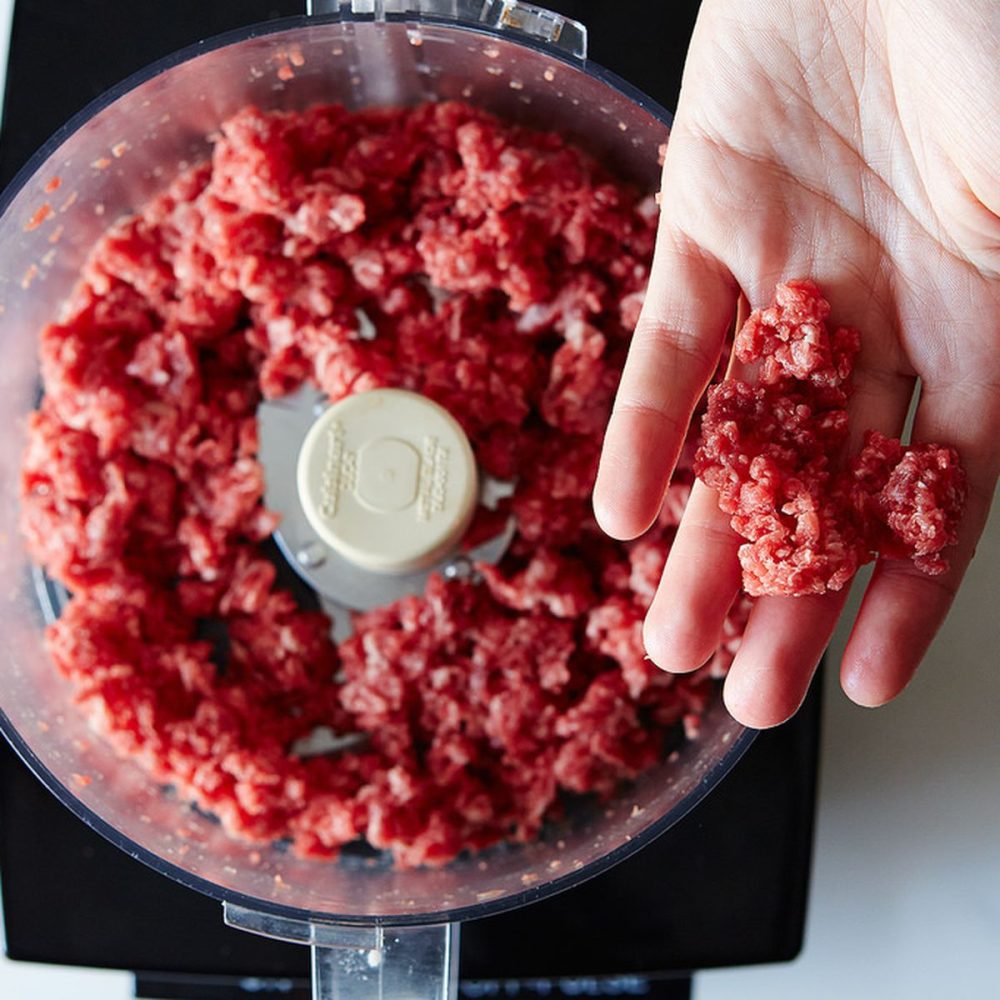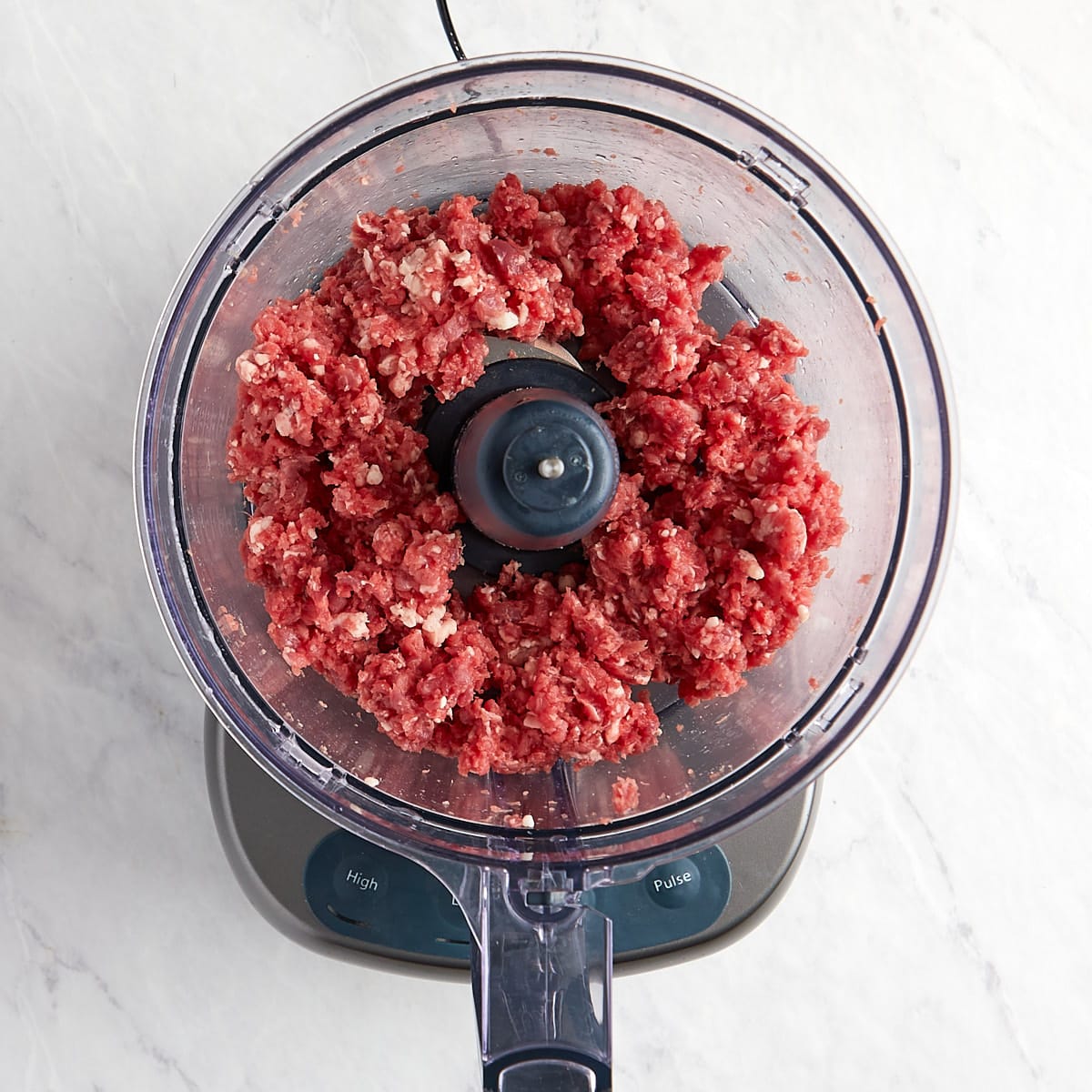When it comes to cooking, having the right tools can make all the difference. One often-overlooked gadget in the kitchen is the food processor. It can chop, slice, puree, and even knead dough. But one question often arises in the minds of home cooks: can you grind meat in a food processor? The simple answer is yes, but there are various factors to consider to ensure you get the best results. In this article, we’ll explore the ins and outs of grinding meat in a food processor, the benefits, techniques, and common pitfalls to avoid.
Understanding the Basics of Grinding Meat
What is Grinding Meat?
Grinding meat involves breaking down cuts of meat into smaller, more manageable pieces. This process not only makes the meat easier to use in various dishes, but it also allows for the blend of different types of meat, spices, and flavors. Typically, ground meat is used in a variety of recipes, such as hamburgers, meatballs, and filling for tacos.
How Does a Food Processor Work?
A food processor works by using a motorized base to rotate sharp blades mounted on a central shaft. When food is fed into the bowl, the blades spin rapidly, chopping or grinding the contents against the sides of the bowl. In the context of grinding meat, the food processor can get the job done efficiently, especially if you don’t have a meat grinder on hand.
Benefits of Grinding Meat in a Food Processor
Versatility
One of the primary benefits of using a food processor to grind meat is its versatility. It can handle a range of ingredients beyond just meat, including vegetables, nuts, and herbs. This makes it an ideal multi-tasker in the kitchen. You can easily create your own blends of meat, incorporating fatty cuts for flavor or mixing in other ingredients to enhance nutritional value.
Control Over Ingredients
Grinding your own meat allows you to have complete control over what goes into it. You can choose the cuts of meat, trim excess fat, or incorporate seasonings and other ingredients before grinding. This is especially beneficial for those who are health-conscious or wish to avoid additives often found in pre-packaged ground meat.
Cost-Effectiveness
Purchasing whole cuts of meat and grinding them yourself can be more cost-effective than buying pre-ground options. Often, you can find sales on larger cuts that yield a significant amount of ground meat. This can lead to considerable savings in the long run.
Techniques for Grinding Meat in a Food Processor
Choosing the Right Cut of Meat
Not all cuts of meat are created equal, and the type you choose will impact the final product. For ground meat, you typically want a cut that has a good balance of fat and lean meat. Some popular choices include:
- Chuck Roast: This is a popular choice for ground beef because it has a good fat-to-meat ratio, which aids in flavor.
- Pork Shoulder: The marbling in this cut provides a rich texture and taste that works well in sausages and meatballs.
- Chicken Thighs: Bone-in thighs can be a flavorful option for grinding chicken, giving you a more succulent result than breast meat alone.
Prepping the Meat
Before grinding, you must prep the meat properly:
- Trimming: Remove any excessive fat, silver skin, or connective tissue.
- Cut into Pieces: Cube the meat into smaller, 1-inch pieces to make it easier for the food processor to handle.
- Chill the Meat: For the best results, chill the cubed meat for about 30 minutes prior to grinding. Cold meat is easier to grind and helps prevent the processor from overheating.
Grinding Process
- Setup: Ensure your food processor is clean and assembled according to the manufacturer’s instructions.
- Load in Batches: To prevent overwhelm, grind the meat in batches. Fill the bowl about halfway to ensure an even grind.
- Pulse: Use the pulse function for better control. This method helps avoid over-processing, which can lead to mushy meat. Pulse until you achieve your desired texture—be mindful not to overdo it.
- Combine: If you’re mixing different types of meat, transfer the ground meat into a separate bowl and repeat the process until everything is ground.
Tips for Grinding Meat Successfully
Monitor the Texture
As you grind, take a moment to check the texture. It’s crucial to stop grinding once you reach your desired consistency. Aim for a coarse grind for burgers and finer for meatballs, adjusting your grinding technique accordingly.
Maintain Cleanliness
Meat can harbor bacteria, so it’s vital to ensure all equipment is clean:
- Wash your food processor parts and blades in hot, soapy water before and after use.
- Keep your hands and work surfaces clean as well to avoid cross-contamination.
###Experiment with Flavors
Consider adding ingredients like garlic, onion, or herbs while grinding to create a unique flavor profile. This step can elevate your dishes and take your cooking to the next level.
Common Pitfalls to Avoid
Overcrowding the Processor
Filling the food processor too full can lead to uneven grinding. Always fill the bowl halfway for optimal performance. If you have a larger quantity of meat, divide it into smaller batches.
Overheating the Processor
Grinding meat generates heat; if your food processor begins to overheat, let it rest for a few minutes before continuing. Overheating can lead to a mushy consistency, which is not ideal for ground meat.
Using the Wrong Blade
Most food processors come with a standard metal blade, which is suitable for grinding meat. However, ensure you’re using an appropriate blade for your processor model. Some may have specific attachments designed for meat grinding, so consult your user manual for best practices.
Popular Recipes Using Ground Meat
Classic Meatballs
Using your freshly ground meat, you can create classic meatballs. Combine ground meat with breadcrumbs, egg, minced garlic, parsley, and Parmesan cheese. Bake or fry them for a delicious meal.
Homemade Sausages
For homemade sausages, mix ground meat with spices and a little liquid for flavor. Use natural casings to form sausages, or simply shape them into patties for cooking.
Burgers
Homemade burgers are a classic way to enjoy ground meat. Mix in spices and toppings of your choice before grilling or frying them to perfection.
 Storing Ground Meat
Storing Ground Meat
Grinding your own meat can yield larger quantities, so knowing how to store it properly is crucial for maintaining freshness:
- Refrigerate: Freshly ground meat should be used within two days if stored in the refrigerator.
- Freeze: For longer storage, divide the ground meat into meal-sized portions and store them in airtight containers or freezer bags. Make sure to remove as much air as possible to extend its shelf life.
When properly handled, ground meat can remain good in the freezer for up to 3-4 months without significant loss of flavor or quality.
Conclusion
So, can you grind meat in a food processor? Absolutely! This versatile kitchen appliance can become your new best friend when it comes to creating fresh, customized ground meat. With the right techniques and a few tips, you can enjoy the benefits of controlling what goes into your meals while exploring a range of culinary options. From meatballs to burgers, the possibilities are endless when you harness the power of your food processor for grinding meat. So, roll up your sleeves and get grinding!



